- Getting ready to hit the road!
- Some thoughts on Hong Kong…
- A day in Danang and Hue, Vietnam
- Saigon River and Saigon, Vietnam
- Siem Reap and Temples, Cambodia
- The Floating Village — Kompong Phluk, Cambodia
- Phnom Penh and the road to Sihanoukville, Cambodia
- Bangkok, Thailand
- Day 2 in Bangkok — Ayutthaya, Thailand
- Singapore
- Langkawi Island, Malaysia
- Phuket, Thailand — or sort of…
- New Delhi, India
- Agra and the Taj Mahal
- The road to — and Jaipur, India
- India — a few closing thoughts.
- Dubai, United Arab Emirates
- Oman (The Sultanate of)
- Luxor, Karnak, and the Valley of the Kings, Egypt
- Petra, Jordan
- Sharm el Sheik and St. Catherine’s Monastery, Egypt
- Cairo and Giza, Egypt
- Egypt — Some final thoughts…
- Zooming around Israel
- Bodrum, Kusadasi, and Ephesus, Turkey
- Corfu, Greece
- Dubrovnik and Zadar, Croatia
- Venice, Italy — the last hurrah!
Seeing the Taj Mahal was one of the highlights of the trip, but there was much more to see. So off to Jaipur we went. As we were leaving Agra, we started noticing a long line of people walking in groups along the side of the road. We kept seeing these throngs for the next 25 miles until we turned off. It turned out that this was an annual pilgrimage made by farmers who walk for nearly 200 miles to make offerings to the Hindu god Balarama (agriculture and fertility). It takes them several days to complete this walk. We also noticed several colorful camps along the roadside, with food, drink, carpets, and loud music. These camps are erected by people to be used by the pilgrims free of charge. Why you might ask? Remember karma? It was amazing to see this and to recognize that this is an annual event done by people with very little money.
On the road to Jaipur, we stopped off to see the “Abandoned Palace” – the Fatehpur Sikri. The Fatehpur Sikri was built by the Emperor Akbar in the late 16th century. It was a large complex of monuments and temples, along with one of the largest mosques in India. Unfortunately, it only served as the capital of the empire for about 10 years, as the threat of war with the Afghans caused the emperor to move the capital to Lahore (today in Pakistan) to be closer to the fighting. Hence, the whole complex was largely abandoned, but stayed fairly intact since it was so far off the beaten path. One of the coolest things to see there was a life-size Parcheesi (known as Pachisi in India where the game has its roots) board. In this version of the game, the emperor and three other players would use the harem girls in different colored costumes as the pawns to move around in the game!
Jaipur itself is the capital and largest city in Rajasthan. It is called the City of Victory, laid out by the great warrior/astronomer Maharaja Jai Singh II. The city is surrounded by large hills/mountains, topped with forts and its own version of a Great Wall. The other imposing structure outside the current city is the Amber (pronounced Amer) Palace, the citadel for rulers for hundreds of years. From the very rough looking sandstone exterior, it is hard to imagine how beautiful and delicate the interior of the palace is. Beautiful gardens, exceptional architectural elements and material brought from as far away as Europe, and lots of amazing art abound. You can get up to the palace either by elephant or jeep (we opted for the jeep). Probably the most memorable parts were the Sila Devi temple – where you touch the floor, ring a silver bell, and ask for a blessing from this incarnation of Kali; the Jai Mandir, that is the Maharajah’s private receiving area and is adorned with inlays of semi-precious stones and convex mirrors that glow in the mirror light; and the Sukh Mahal (Hall of Pleasure) that had a steam room, a hot tub large enough for the Maharajah and four of his ladies that washed him, and a relaxing area with a primitive “air conditioning” system. On this part of the tour, we also learned a lot about the Hindu religion and gods, as well as some of the splinter sects. One of the interesting ones was Jainism, whose followers believe in the spiritual independence and equality of all forms of life. In one of their sects (Digambara), the priests walk around nude. If you buy me a beer, I will also tell you how their nuns (Aryikas) are initiated… Anyway, as were were touring the Amber Palace, we were followed by a group of young ladies for a while, who finally asked to have their picture taken with Glen. Lots of giggling going on!
Following the Amber Palace, we visited the Old City/City Palace and Jantar Mantar. At some point, the Maharaja Jai Singh decided that he had had enough of living in the hills, so he created a great walled city on the plains where the current city of Jaipur is today and, in fact, Maharajas have continued to live in what is called the City Palace until the present. Much of the design of the City Palace is actually from the 19th and 20th centuries, and the influence/impact of the British occupation is clearly felt. In fact, one of the Maharajas in 1876 painted the walls of the Old City pink (the color associated with hospitality in India) to welcome the Prince of Wales (later King Edward VII). By the way, this tradition continues – the current Maharaja is polo buddies with Prince Charles.
Also, with the Old City is the Jantar Mantar. The Jantar Mantar is an amazing outdoor astronomical observatory that is filled with all types of stone structures that are carved to follow all aspects of sun and star movements. The Maharajah Jai Singh created this, as he was a big believer (as are most Indians today) in astrology and its impact on people’s lives. He sent people all over the globe to learn the most sophisticated astrophysical techniques of the day and then recreated them in stone there. Here stands the largest sundial (27 meters) in the world and, despite being built in 1728, the instruments are still used today.
After a long day of touring, we went back to relax in our hotel (the Oberoi Rajvilas). This is an amazing resort, made up of 32 acres of gardens, pools, fountains, and a wide variety of different birds (including very loud peacocks – at one point, it sounded like the soundtrack from a Tarzan movie!).
Off to Mumbai!
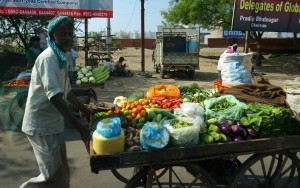
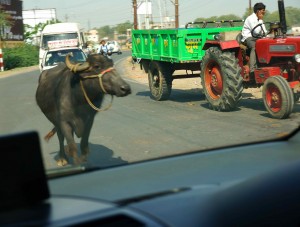
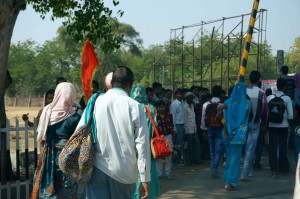
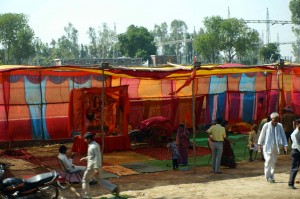
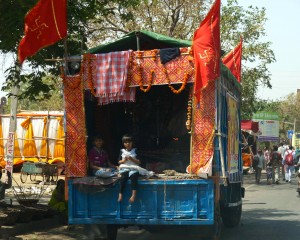
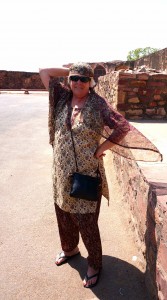
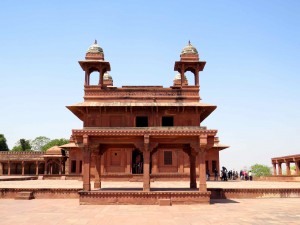
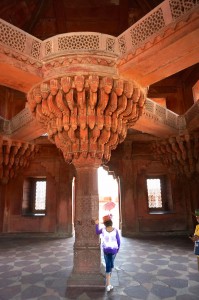
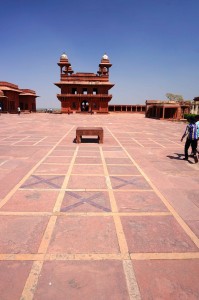
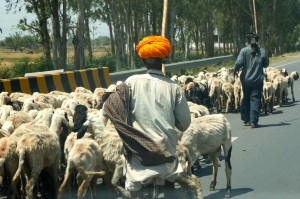
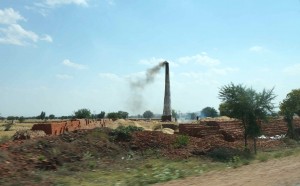
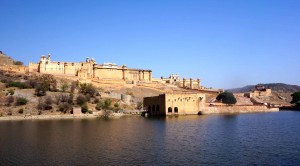
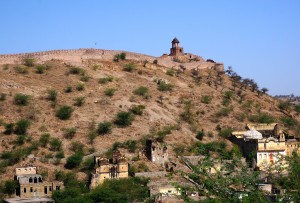
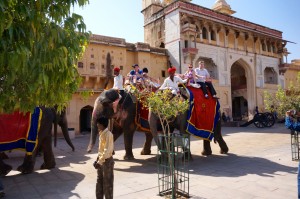
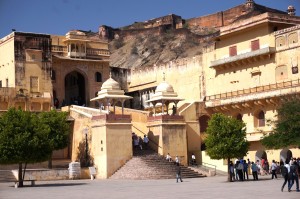
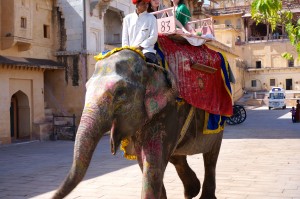
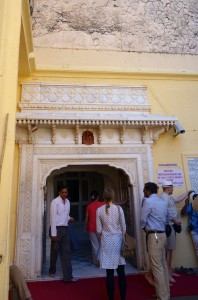
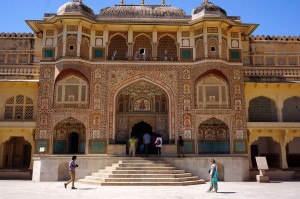
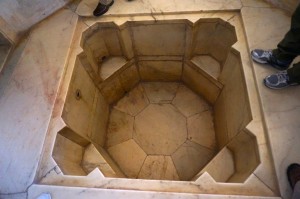
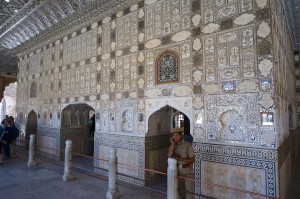
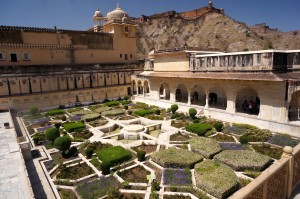
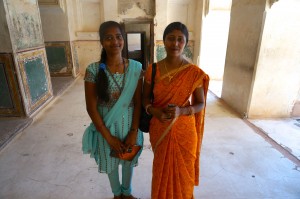
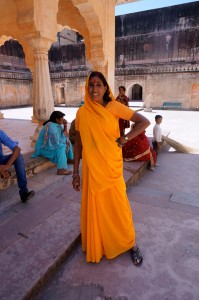

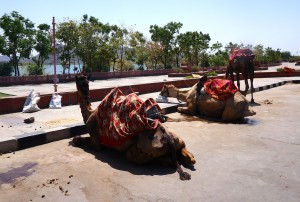
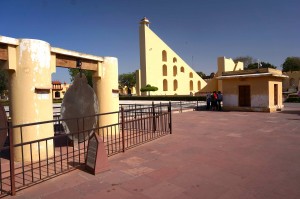
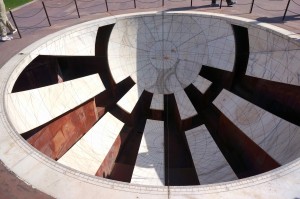
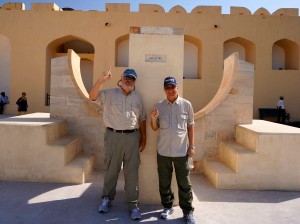
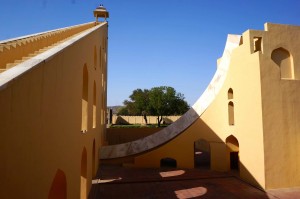
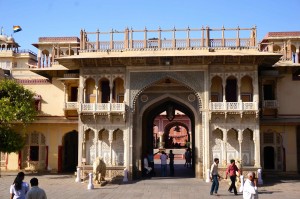
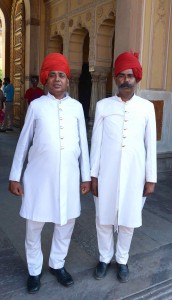
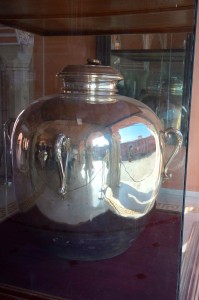
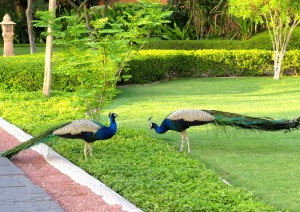
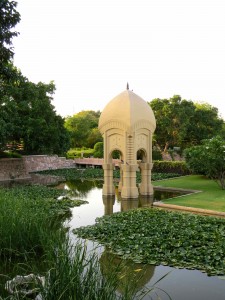

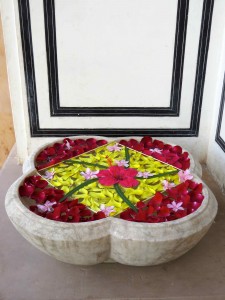
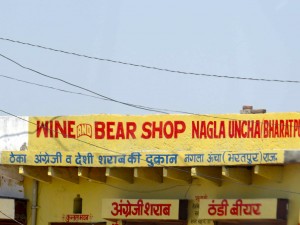
This entry was posted in India, Travel


